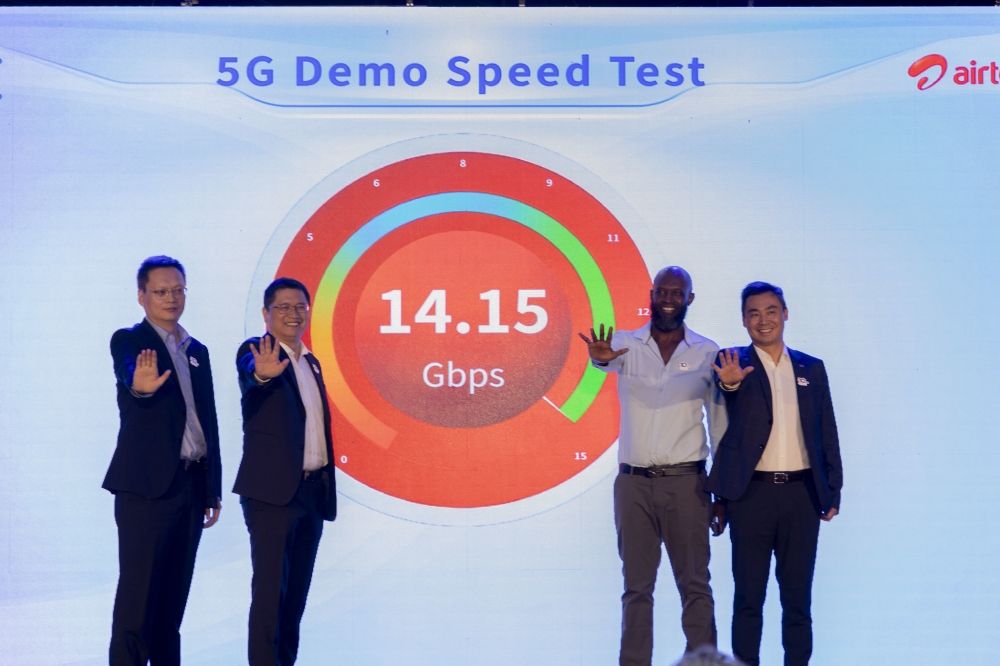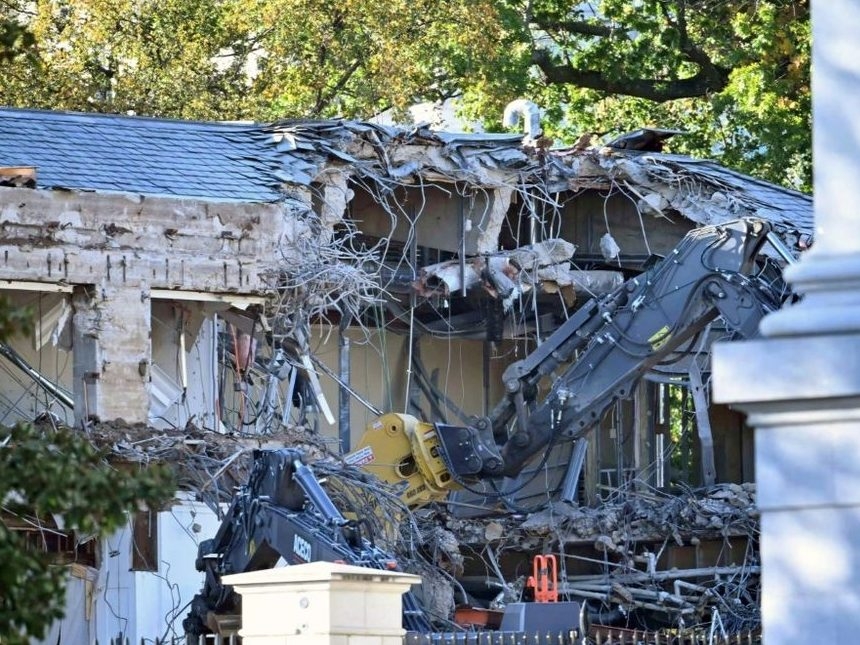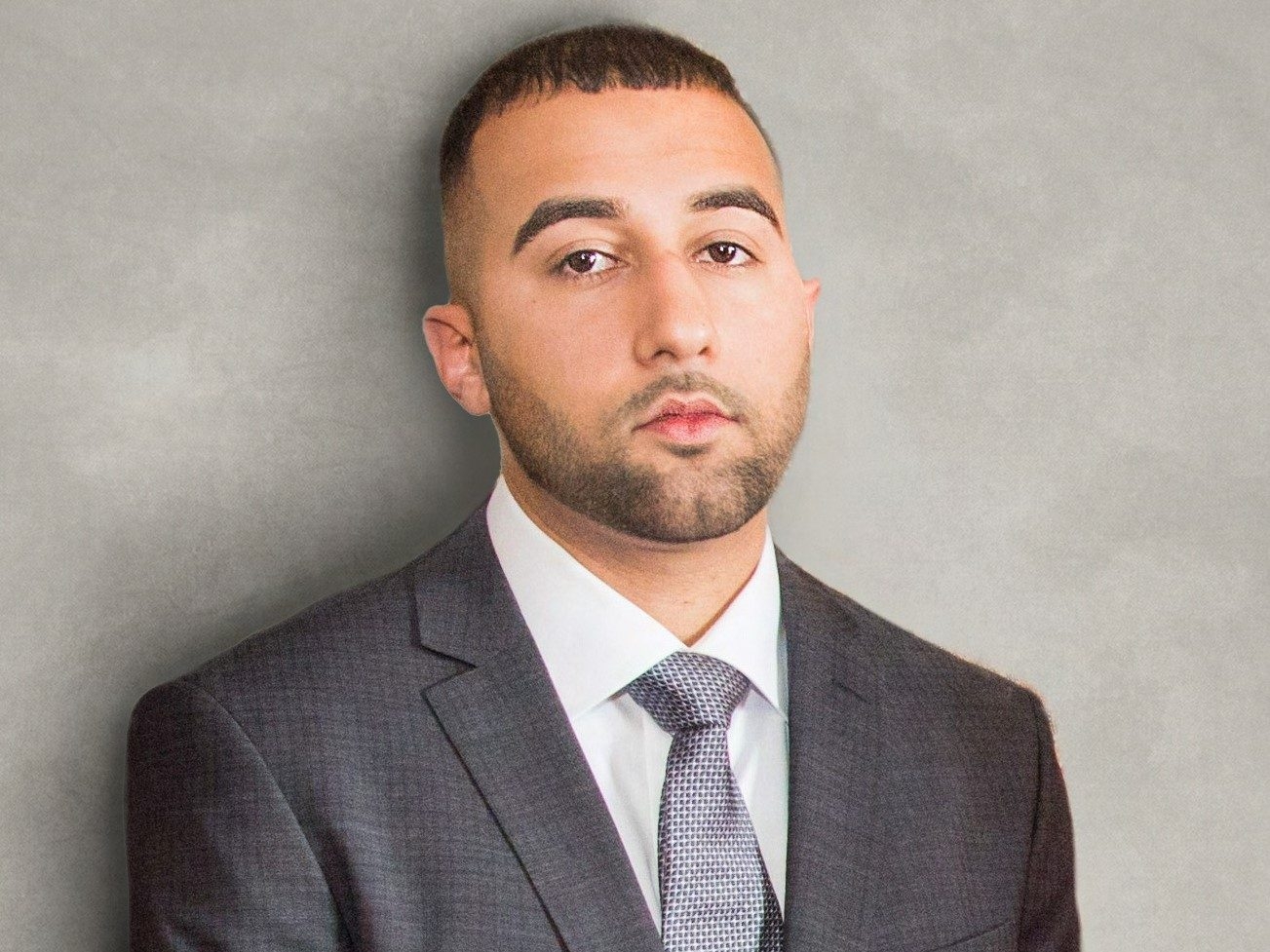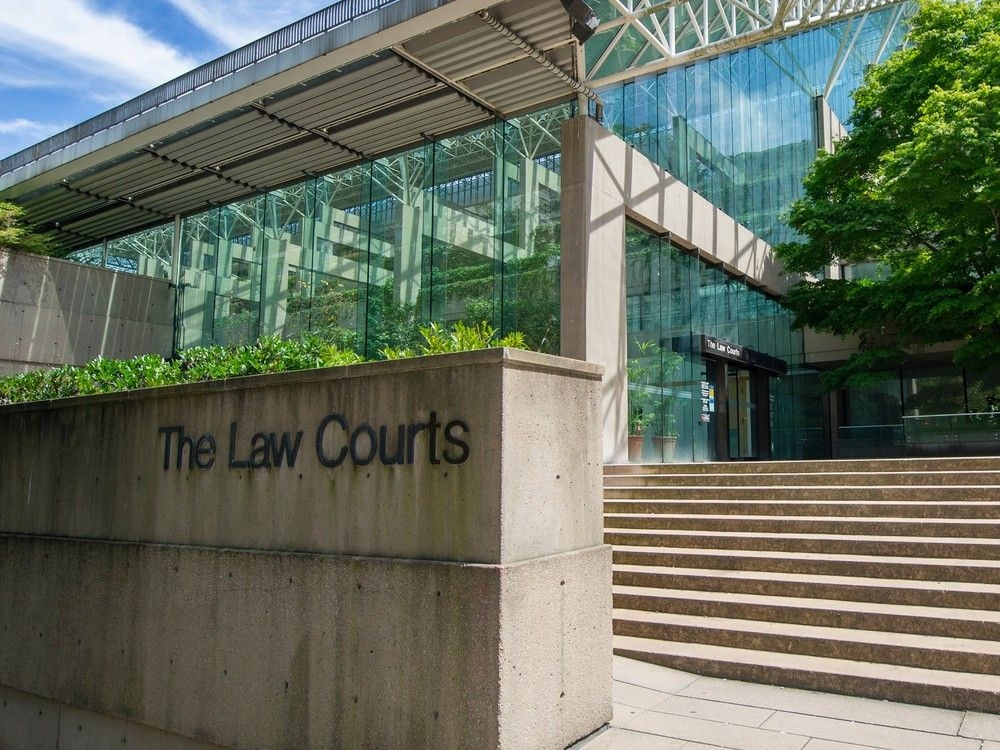Since 2015, ZTE has collaborated with Airtel Africa to develop wireless networks and virtualise core infrastructure across the continent.
The two companies marked a decade of collaboration in Kigali ahead of the Mobile World Congress (MWC) Africa 2025, celebrating milestones that have shaped Africa’s digital journey.
The Kigali event also served as a launchpad for ZTE’s latest innovation, the TDD FDD dual-mode massive MIMO unit, a technology that blends two methods of signal transmission.
In simple terms, it’s a next-generation base station capable of handling both time-division and frequency-division networks at once, powered by a dense cluster of antennas known as massive MIMO. The result is faster, more stable connectivity that reaches further and supports more users at once.
ZTE and Airtel also showcased a new 5G outdoor unit, which has already sold more than 100,000 units globally. The device promises reliable high-speed connectivity regardless of geography.
ALSO READ: Rwanda’s overall household internet usage reaches 30%
James Zhang, Senior Vice President and President of ZTE’s International Marketing Division, reflected on the company’s decade-long partnership with Airtel.
“We committed and we delivered,” he said. “This celebration is not just about what we have achieved, but about what we can continue to build together.”
Zhang described the collaboration as one rooted in trust and shared ambition. Since the partnership began, ZTE and Airtel have modernised key markets across Africa, including the rapid upgrade of Rwanda’s network in just 41 days. The modernisation, Zhang noted, led to a 153 per cent improvement in network throughput and a 31 per cent increase in data traffic.
“The most important thing is the outcome,” Zhang said. “Our job is to deliver technology that brings real business value and tangible results. That is how we measure innovation.”
He highlighted efficiency gains across Airtel’s footprint, where modernised 4G sites now perform significantly better while consuming less power. According to ZTE, network power efficiency improved by 20 per cent after upgrades, aligning with the company’s broader sustainability goals.
Shared vision for growth
Airtel Africa CEO Sunil Taldar praised ZTE’s responsiveness and technical expertise, recalling the early challenges Airtel faced across its markets.
“When I first met James and his team, we had every challenge a business could have,” Taldar said. “But in that moment, I saw their hunger and commitment. That was enough for me to trust them—and ten months later, I’m glad I did.”
Taldar noted that ZTE’s rollout improved network quality without disrupting existing service. The collaboration produced a cost-efficient, scalable network that is already 5G-ready. “We wanted a network that could grow with us,” he said. “Now, when the time comes to launch 5G, the foundation is already there.”
John Giusti, Chief Regulatory Officer at the GSMA, commended both companies for demonstrating how partnerships can accelerate Africa’s digital inclusion.
“ZTE and Airtel have shown what’s possible when innovation meets collaboration,” Giusti said. “In 2017, 31 per cent of Africa’s population was not covered by mobile broadband. Today, that number has fallen to just 9 per cent. This progress is a testament to the kind of commitment we’re celebrating here.”
Giusti underscored the importance of affordable, sustainable connectivity as Africa’s young population—70 per cent under the age of 30—enters the digital economy. “The opportunity is enormous,” he said. “With partnerships like this, Africa is not just catching up; it is setting the pace for the next decade.”
A connected future
The celebration concluded with a live demonstration of 5G capabilities, showcasing ZTE’s UBR Pioneer solution, an ultra-simplified site setup that reduces the quantity of radio by 66 per cent and speeds up deployment.
The company’s Massive MIMO Pioneer enhances network capacity and user experience, while its Green Pioneer technology improves power efficiency by 20 per cent.
Artificial intelligence is now embedded in every layer of the network—at the edge, in the cloud, and within devices. Globally, AI is making systems more intelligent and efficient. But in Africa, the story carries a deeper resonance.
Africa’s youth, with a median age of just 19, are driving innovation on a continent growing by 4 per cent annually. For ZTE and Airtel, that demographic energy represents a clear opportunity to leap forward.
“With a strong foundation in 4G and the groundwork for 5G already in place,” Zhang said, “Rwanda is proving what’s possible when technology meets trust.”






